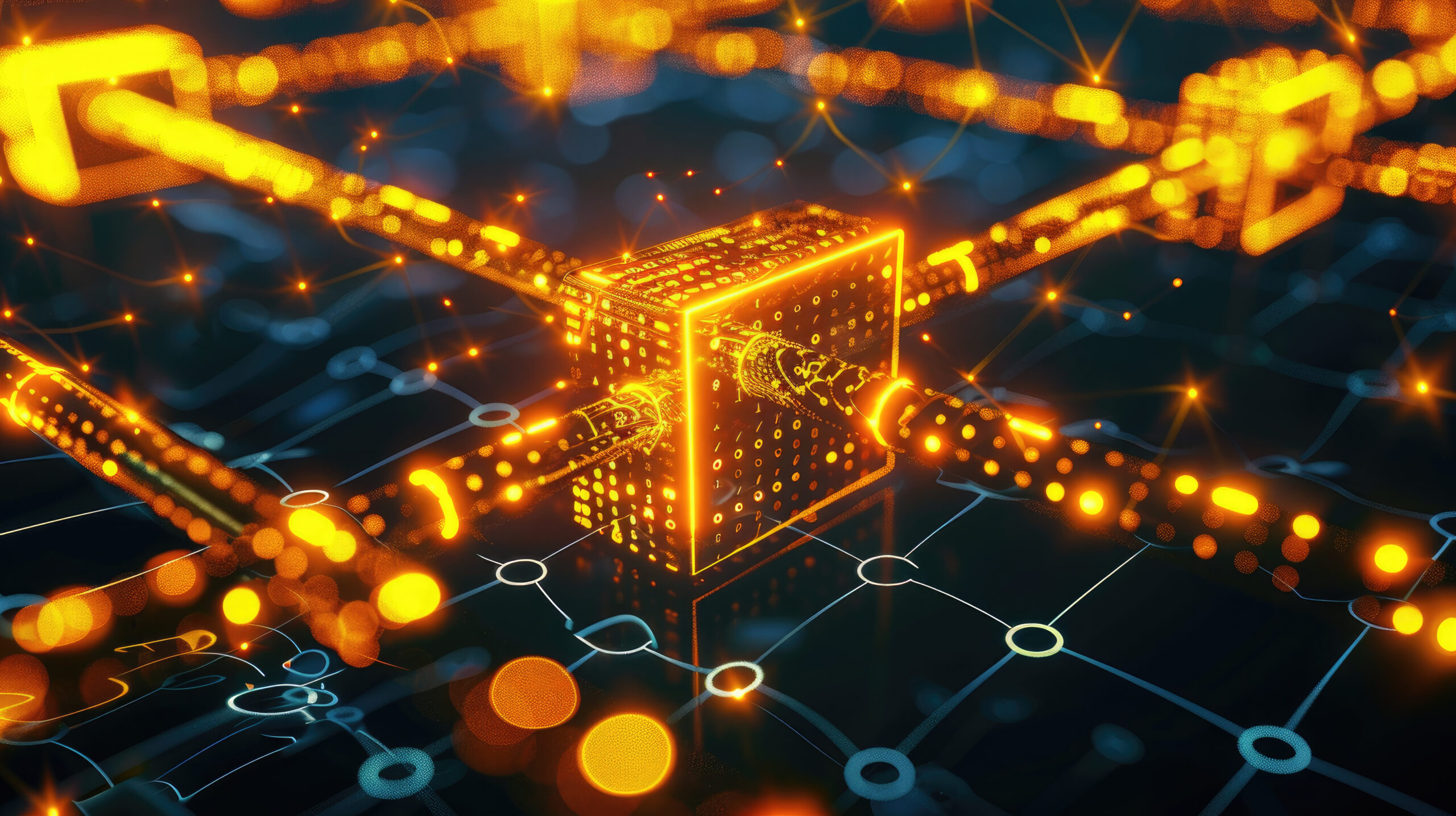Author: Bakhmat M.
As a provider of cloud solutions and data center services, Colobridge monitors the technologies that will define the future of IT infrastructure. In this article, we offer an informational overview of the current state and future prospects in the field of quantum hardware.
- Key Takeaways for Your Review
- What is Quantum Hardware and Why is it Important for Business?
- Qubits: The Foundation of Quantum Hardware
- What Types of Quantum Hardware Exist?
- The Main Challenges: Scaling and Error Correction
- Frequently Asked Questions (FAQ)
Key Takeaways for Your Review
- It’s All About Qubits: Unlike classical bits, quantum bits (qubits) can exist in multiple states simultaneously, which is the foundation for future computational breakthroughs.
- A Diversity of Approaches: Leading tech giants like Google, IBM, and Microsoft are using different types of qubits, and no single approach has yet become the industry standard.
- The Main Challenges are Scale and Errors: The primary engineering task is to increase the number of qubits while maintaining their stability and protecting them from external “noise” that causes computational errors.
- The Future is Synergy: The technology’s greatest potential will be unlocked in combination with artificial intelligence (Quantum AI), enabling solutions to problems currently considered unsolvable.
What is Quantum Hardware and Why is it Important for Business?
In a world where technology is evolving at an incredible pace, one of the most promising frontiers is quantum computing. At the center of this revolution lies quantum hardware. This isn’t about improving existing computers, but about creating fundamentally new machines capable of solving problems that are inaccessible to even the most powerful classical supercomputers. Although these technologies are in their early stages, understanding their principles today is crucial for shaping a long-term IT strategy.
Qubits: The Foundation of Quantum Hardware
Unlike classical computers that use bits (0 or 1), quantum computers work with qubits. A qubit is a quantum bit that, thanks to the principles of superposition and entanglement, can exist in multiple states at once. These unique properties allow for the parallel processing of vast arrays of data. This is precisely why quantum hardware holds the potential for an exponential speed-up in computation.
What Types of Quantum Hardware Exist?
Developers around the world are using different physical systems to implement qubits, and each technology has unique characteristics.
- Superconducting Qubits: This is the most popular approach, used by Google Quantum AI and IBM. The qubits operate at ultra-low temperatures (colder than deep space) inside special dilution refrigerators. Google has achieved significant progress with its Willow chip, while IBM has developed the Osprey (433 qubits) and Heron (133 qubits) processors.
- Trapped Ions: This approach, used by Quantinuum, involves holding charged atoms (ions) with electromagnetic fields. This technology demonstrates high fidelity and stability.
- Topological Qubits: Microsoft is betting on this experimental technology. In theory, such qubits should be significantly more resistant to errors at the hardware level, which could simplify the creation of a large-scale quantum computer.
- Other Technologies: There are also photonic qubits (Xanadu, PsiQuantum), neutral atoms (Pasqal, QuEra), and “cat” qubits (Alice & Bob), which indicates an active search for the optimal architecture for future quantum systems.
Colobridge expert commentary:
“We are seeing that the race in the market is less about the quantity of qubits and more about their quality. Creating a system with a thousand physical qubits is a huge engineering challenge. But creating even one stable ‘logical qubit’ that is protected from errors—that is a scientific breakthrough. As an infrastructure solutions provider, we understand that the company that first solves the error correction problem will define the vector of high-performance computing for decades to come. Our job is to analyze these trends to offer our clients the most advanced solutions in the future.”
The Main Challenges: Scaling and Error Correction
Despite impressive progress, quantum hardware faces fundamental problems.
- Decoherence: Qubits are extremely fragile. Any external influence (“noise”) can destroy their quantum state and lead to errors in calculations.
- Error Correction: To protect information, scientists are developing quantum error correction codes, where one logical (stable) qubit is encoded using many physical (noisy) qubits.
- Engineering Complexities: Building a quantum computer requires solving a whole range of tasks: from creating powerful cooling systems to developing complex electronics to control every single qubit.
Frequently Asked Questions (FAQ)
1. Do more qubits mean a quantum computer is more powerful?
Not always. A large number of “noisy” physical qubits can be less useful than a smaller number of high-quality, stable qubits. Quality (coherence, connectivity, error rates) is just as important as quantity.
2. Why do different companies use different types of qubits?
Because the ideal technology does not yet exist. Each approach has its own strengths and weaknesses. For example, superconducting qubits are fast but require extreme cooling, while trapped ions are more stable but slower. The technology race continues, and it’s possible that future computers will be hybrid.
3. When will quantum computers replace my laptop?
Never. Quantum computers are not designed for everyday tasks like Browse the web or word processing. They are highly specialized devices for solving specific, complex problems (e.g., modeling molecules, optimizing logistics, cryptography) that are intractable for classical computers.
